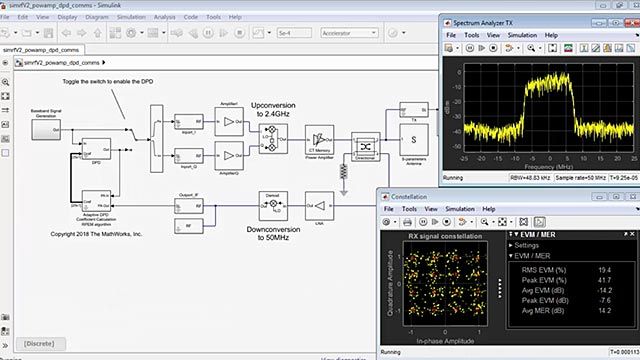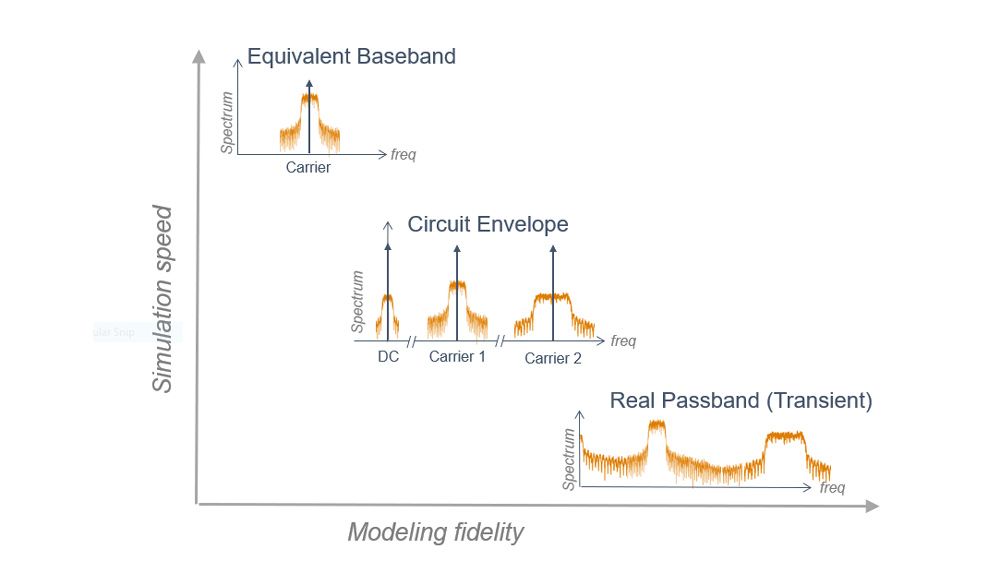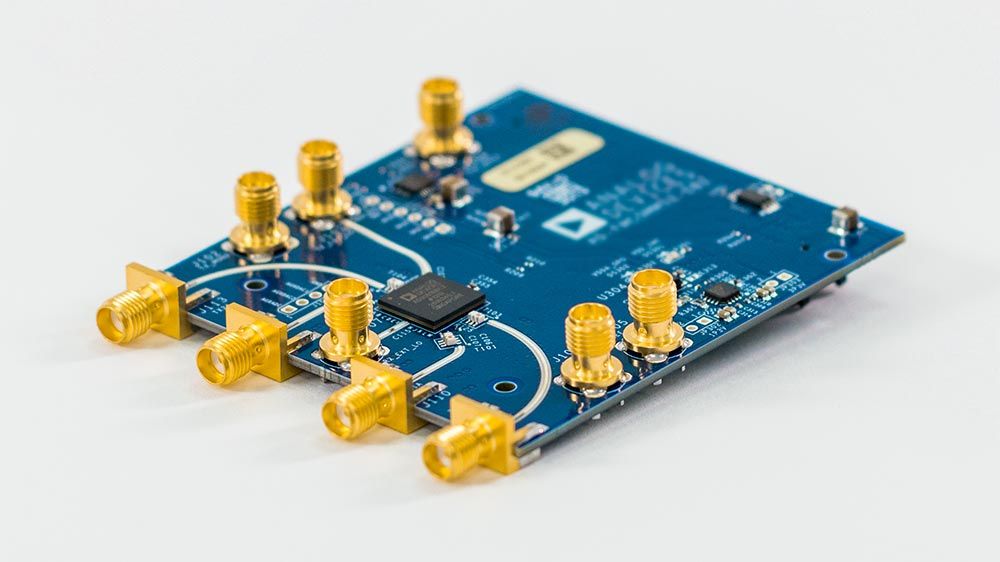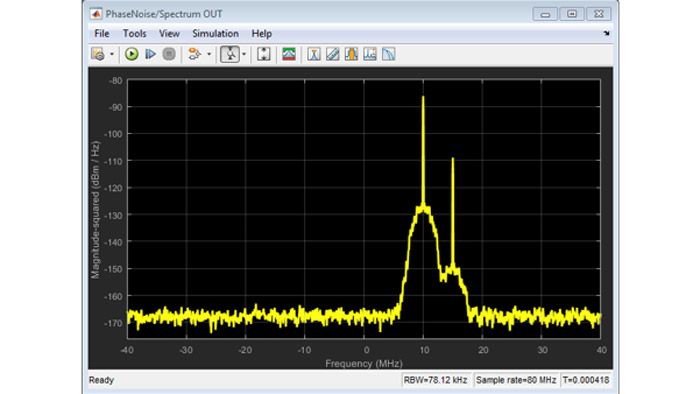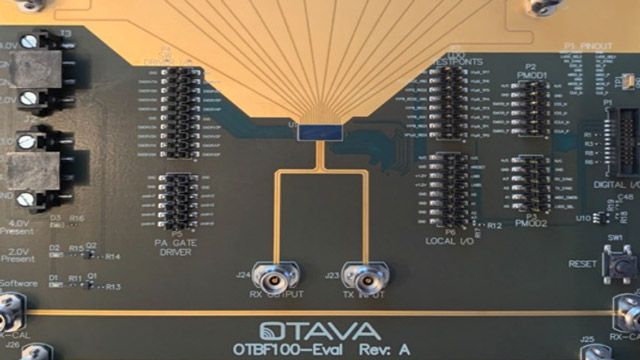RF Blockset provides a Simulink model library and simulation engine for designing RF communications and radar systems.
RF Blockset lets you simulate RF transceivers and front-ends. You can model nonlinear RF amplifiers to estimate gain, noise, even-order, and odd-order intermodulation distortion, including memory effects. For RF mixers, you can predict image rejection, reciprocal mixing, local oscillator phase noise, and DC offset. RF models can be characterized using data sheet specifications or measured data such as multiport S-parameters. They can be used to accurately model adaptive architectures, including automatic gain control (AGC), digital predistortion (DPD) algorithms, and beamforming.
The RF Budget Analyzer app lets you automatically generate transceiver models and measurement test benches to validate performance and set up a circuit envelope multicarrier simulation.
With RF Blockset you can simulate RF systems at different levels of abstraction. Circuit envelope simulation enables high-fidelity, multicarrier simulation of networks with arbitrary topologies. The Equivalent Baseband library enables fast, discrete-time simulation of single-carrier cascaded systems.
RF System Simulation
Simulate RF front ends at the system-level and integrate with digital signal processing algorithms. Either start from scratch or generate models from the RF Budget Analyzer app. Use the Circuit Envelope library for multi-carrier simulation or raise the abstraction level with the Idealized Equivalent Baseband library.
MIMO, Antennas, and Beamforming
Design analog and hybrid beamforming systems operating at mmWave frequencies. Integrate antenna arrays with RF front ends and adaptive beam steering algorithms. Model antenna coupling, impedance mismatch, RF channels, and in-band / out-of-band interfering signals.
RF Transceivers Modeling
Build and share models of digitally assisted RF transceivers with adaptive feedback loops such as automatic gain control (AGC) and digital predistortion (DPD). Speed up simulation with the Idealized Equivalent Baseband library and C code generation.
Amplifiers, Mixers, and Non-Linearity
Model non-linearity using specifications such as IP3, IP2, saturation power, and 1dB compression point. For power amplifiers, provide AM/AM-AM/PM characteristics or model wideband behavior using generalized memory polynomials. For mixers, use intermodulation tables to describe spurs and mixing products.
S-Parameters, RF Filters, and Dispersion
Simulate dispersion, group delay, and impedance mismatches of passive and active components with frequency-dependent models. Read Touchstone files and simulate S-parameter data in the time domain to model lumped and distributed components.
Noise Generation
Simulate and optimize low-noise systems with accurate SNR estimations. Specify the noise figure and the spot-noise data or read frequency-dependent noise data from Touchstone files. Specify arbitrary frequency-dependent noise distributions for local oscillators and model phase noise.
Product Resources:
Once the antenna, beamformer devices, and transceiver hardware are assembled, engineers can run experiments in over-the-air (OTA) test chambers to characterize their design. However, it is often weeks—or even months, depending on hardware and software development time, as well as product availability—before all the pieces of the radio system become available. Our team has built a behavioral model of the Otava OTBF103 Beamformer Integrated Circuit (BFIC) that enables engineers to obtain essential performance information by running system-level simulations of their 5G millimeter wave system designs.
Cecile Masse, Otava Inc.
Get a Free Trial
30 days of exploration at your fingertips.
Ready to Buy?
Get pricing information and explore related products.
Are You a Student?
Your school may already provide access to MATLAB, Simulink, and add-on products through a campus-wide license.
